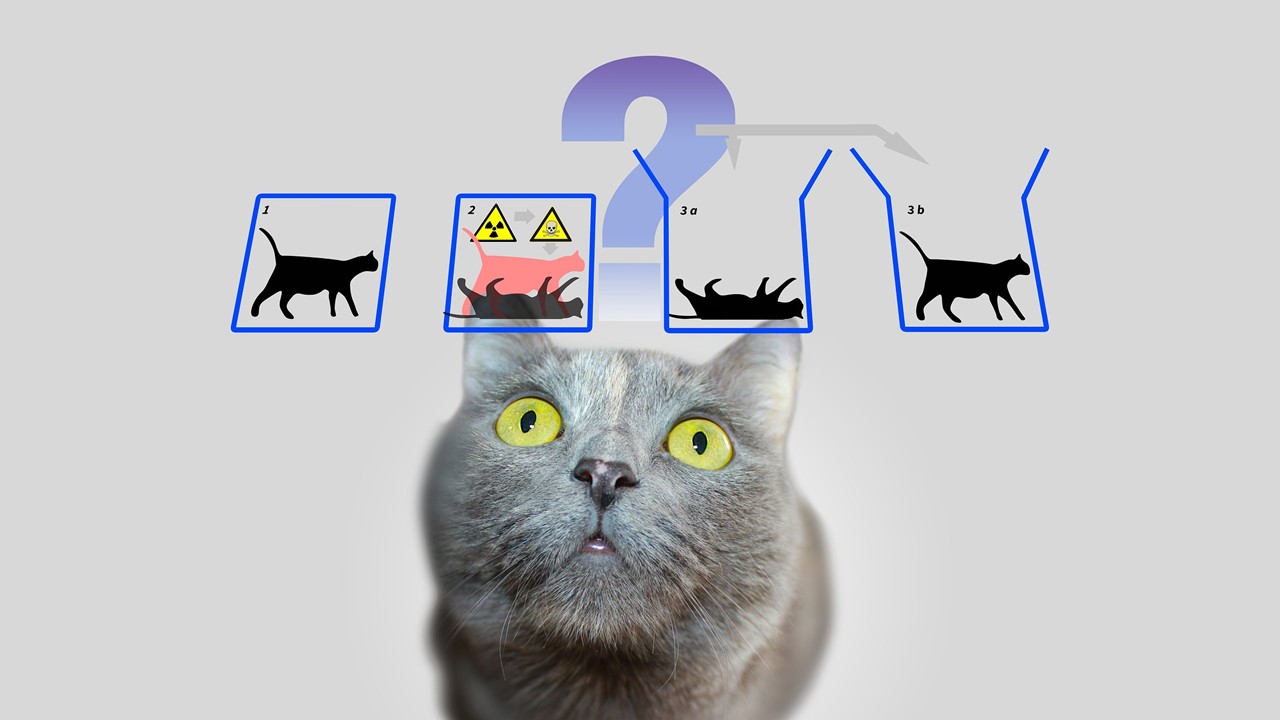
1. Despite giving his name to Boson and Bose-Einstein statistics, he never won a Nobel Prize, which is one of the biggest ironies in science history.
2. An impressed Albert Einstein personally translated Bose’s 1924 paper into German and submitted it for publication, leading to the discovery of Bose Einstein condensate.
3. Bose was a brilliant student throughout his academic career. He ranked first in M.Sc. Mathematics at Calcutta University in 1915.
4. Bose had no formal training in advanced quantum mechanics when he derived Bose–Einstein statistics—he arrived at it purely through intuition and symmetry.
5. Bose never received a PhD, yet became a professor and Fellow of the Royal Society (FRS).
6. The term “boson” was coined by Paul Dirac, not Bose himself, to honor Bose’s contribution to physics. Dirac and his wife Margit visited Calcutta in the 1950s.
7. Bose worked closely with Meghnad Saha, and together they translated Einstein’s and Minkowski’s papers into English for Indian students.
8. Bose played a key role in building modern science education in India, especially at Dhaka University and later Calcutta University after division.
9. Bose was nominated for the Nobel Prize multiple times, but the prize committee preferred experimental discoveries over theoretical ones.
10. Bose openly admitted he did not fully grasp how revolutionary his own result was—it was Einstein, not Bose, who immediately realized the importance and applied Bose's theory to matter, thus discovering fifth state of matter.


















 Physics, astronomy and science history blog for students
Physics, astronomy and science history blog for students